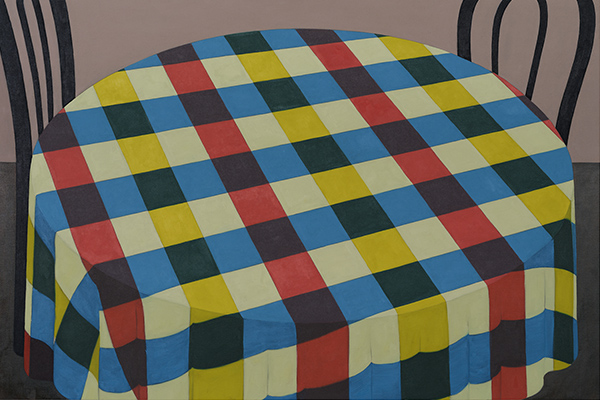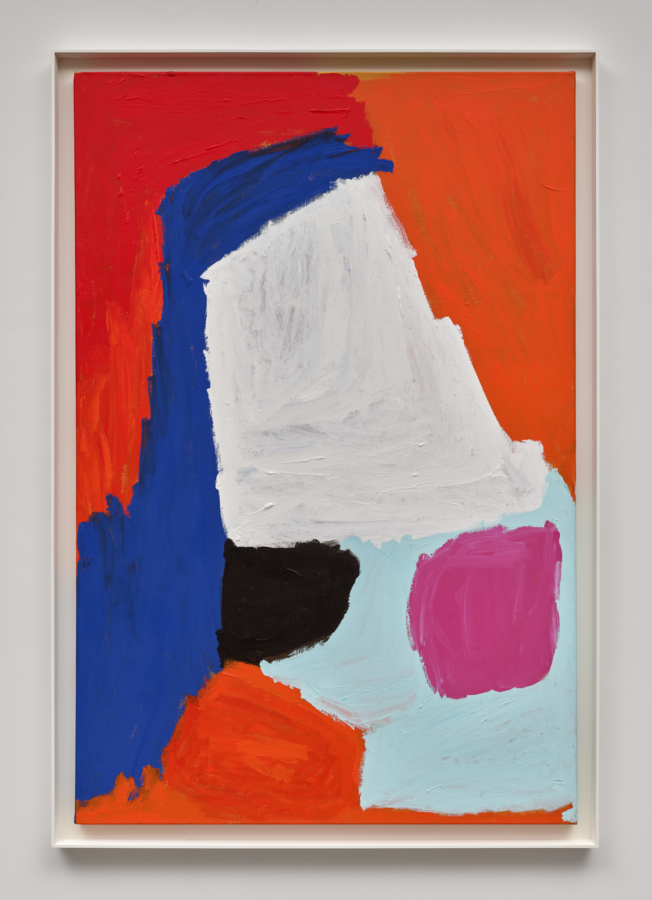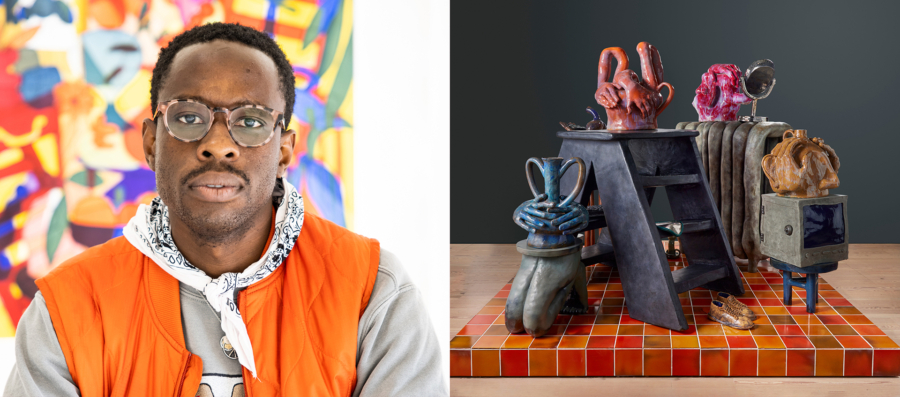February 2008
Download as PDF
View on Artforum
In 1971, at the age of twenty-six, Alan Saret left New York for a three-year sojourn in India. By that time, he had achieved several markers of artistic success, including solo exhibitions at Bykert Gallery that aligned his work with post-Minimal and anti-form artists then gaining traction. One gets the sense while looking at his work that the trip must have affected him indelibly, perhaps deepening his interests in ritual and spirituality. The “Gang Drawings” in this exhibition, which were made between the years 1967 and 2002, seem like remnants of ritual: Each work was made by marking the page with a fistful of color pencils in seemingly random, fleeting gestures. Like a controlled experiment, the outcomes are different in similar ways. These lyrically titled works bring to mind the linearity of blades of grass (as in Way Entering Ensoulment, 1983–96), the density of multihued fireworks, and even the rhythm of Cézanne’s landscapes. Mutable and delicate, at times Saret’s marks are also dense. In Sana Whirl Will, 1983, an upside-down tornado of subdued colors looks nearly three-dimensional.
Typically, his drawings have been presented alongside his amorphous wire sculptures (in a 1990 retrospective at P.S. 1 and a 2004 exhibition at James Cohan Gallery), but in this exhibition of thirty drawings and only a few three-dimensional objects, the works on paper receive due recognition. Saret played a large role in the organization of the show, opening his archives to integrate a few drawings that have not been exhibited before. The chance to see a well-edited, thoughtful selection of his works from over four decades is a revelatory opportunity, one that, like ritual, encourages slowness and contemplation.



